The Best Enterprise Headless CMS Platforms Compared: Sitecore vs Orbitype

Introduction
Choosing the right Headless CMS for your enterprise can be a complex decision, especially as your business scales and the demands of managing content across multiple platforms increase. Two popular enterprise-level Headless CMS platforms—Sitecore and Orbitype—are often at the top of the list when companies consider CMS solutions. But which one is best suited for your business needs?
In this blog, we’ll compare Sitecore and Orbitype, breaking down their features, pros and cons, and the unique strengths of each platform. We'll also address a common problem businesses face when scaling their content operations and provide solutions to ensure your CMS can handle growing needs without compromising performance or flexibility.
What is a Headless CMS?
Before diving into the comparison, let's briefly explore what a Headless CMS is and why it's essential for modern businesses. A Headless CMS decouples the front-end (the "head") from the back-end, allowing businesses to deliver content to any platform or device—whether it's a website, mobile app, IoT device, or digital screen. The back-end manages content through an API, making it highly flexible and scalable.
For enterprises, this approach is invaluable as it allows for the seamless delivery of content across multiple touchpoints, offering better control, easier updates, and improved user experience without the constraints of traditional CMS platforms.
If you're looking to optimize content for search and boost visibility, check out our guide on Unlocking the Potential of Headless CMS for Featured Snippets to learn how headless CMS platforms like Orbitype can improve SEO and snippet rankings.
Sitecore: Enterprise Powerhouse with Complex Features
Sitecore is one of the most recognized names in the enterprise CMS space. Known for its robustness, Sitecore offers a feature-rich environment that can handle complex, large-scale websites and content management needs.
Key Features of Sitecore:
Personalization: Sitecore is known for its advanced personalization features, enabling businesses to tailor content and experiences for individual users or customer segments. This makes it ideal for companies that require targeted messaging.
Multi-channel delivery: Sitecore ensures that content can be delivered seamlessly across multiple channels, including web, mobile, and email, allowing for consistent messaging.
Enterprise integrations: Sitecore can be integrated with a variety of other enterprise systems, such as CRMs, marketing automation tools, and data warehouses, creating a unified ecosystem.
Content management & marketing tools: Sitecore's comprehensive suite includes content management, marketing, and analytics tools, making it an all-in-one platform for enterprise-grade digital marketing.
Sitecore’s Strengths:
Comprehensive enterprise features: Sitecore’s vast array of tools makes it an excellent choice for large enterprises with complex marketing needs and multiple content creators.
Highly customizable: Sitecore can be highly tailored to meet specific business requirements, offering flexibility in design and functionality.
Sitecore’s Challenges:
Complexity and learning curve: The platform can be overwhelming for businesses new to Headless CMS solutions. The extensive customization options require dedicated time and resources to learn and manage.
Pricing: Sitecore can be expensive, particularly for smaller businesses or those just starting to scale. The platform's cost structure can make it difficult to justify for companies looking for a more cost-effective solution.
Orbitype: Flexible and Scalable for Modern Enterprises
Orbitype, on the other hand, is a newer player in the Headless CMS space, focusing on simplicity, flexibility, and scalability. Designed for businesses looking to manage content across multiple platforms with ease, Orbitype offers an API-first solution for enterprises.
Key Features of Orbitype:
API-first architecture: Orbitype's API-driven approach allows developers to seamlessly integrate the platform with a variety of tools and applications, offering greater flexibility in terms of content delivery.
Unification of content, tools, and data: Orbitype simplifies content management by unifying content, tools, and data in one platform, making it easier for teams to collaborate.
Customizable dashboards and analytics: With user-friendly dashboards, Orbitype gives enterprises the ability to track content performance, optimize workflows, and make data-driven decisions.
Easy integrations: Orbitype offers straightforward integration with other enterprise tools, including marketing automation platforms, CRMs, and e-commerce systems.
Orbitype’s Strengths:
Simplicity and ease of use: Orbitype is designed to be intuitive, making it easy for businesses to implement and scale without needing extensive technical expertise.
Cost-effective: Compared to Sitecore, Orbitype offers more flexible and affordable pricing options, making it a great choice for growing businesses that need enterprise-grade functionality without the high costs.
API-first flexibility: The platform’s flexible API-first design makes it easy to integrate with existing systems, allowing businesses to build their content ecosystem exactly as they need it.
Orbitype’s Challenges:
Fewer out-of-the-box marketing features: While Orbitype excels at content management and scalability, it may not have the same depth of advanced marketing and personalization tools as Sitecore.
Smaller ecosystem: While growing rapidly, Orbitype’s ecosystem and integrations are still smaller compared to Sitecore, which means fewer third-party solutions and pre-built modules.
For Vue.js and Nuxt.js developers, Orbitype offers a seamless integration experience. Learn more in our blog post on Unlocking the Full Potential of Vue.js and Nuxt.js with Orbitype.
Sitecore vs Orbitype: The Key Problem—Scalability and Flexibility
A common problem businesses face when choosing a CMS is ensuring their platform can scale and remain flexible as the company grows. As enterprises expand and require more channels, content types, and integrations, a Headless CMS should be able to grow with them.
The challenge: Many businesses struggle with rigid CMS platforms that can’t easily adapt to new content strategies or technologies, making it difficult to meet the evolving needs of a growing enterprise.
Solutions to the Scalability and Flexibility Problem
Sitecore offers the flexibility needed for large-scale enterprises, but the complexity and cost can be a burden for businesses with rapidly changing needs. If you're ready to invest in long-term customization and integrations, Sitecore provides a powerful toolset.
Orbitype, on the other hand, provides a simpler, more scalable approach for businesses looking for an API-first, flexible solution. With Orbitype, businesses can grow without the burden of managing overly complex systems or high costs. Its unified platform ensures content can easily be integrated into any existing workflow, while its cost-effective pricing makes scaling up much more manageable.
Pricing Comparison: Sitecore vs Orbitype
Pricing is a critical factor in deciding between Sitecore and Orbitype. Sitecore tends to be more expensive, making it a good choice for large enterprises with bigger budgets. The pricing structure often includes licensing fees, customization costs, and ongoing maintenance, which can add up quickly.
Orbitype, on the other hand, offers more flexibility and is a cost-effective solution for growing businesses. Its pricing structure is designed to be scalable, so businesses can pay for only the features they need and grow as their requirements change.
Conclusion: Which is Best for Your Enterprise?
Choosing the right Headless CMS depends on your specific needs. If your enterprise requires advanced marketing tools, deep personalization capabilities, and extensive enterprise integrations, Sitecore may be the right choice. However, if you’re looking for a flexible, cost-effective solution that can easily scale with your business, Orbitype offers a modern, API-first approach to content management that allows for growth without complexity.
Consider your company's size, scalability needs, and budget when making your decision. Both platforms offer significant benefits for enterprise use cases, but the right one will depend on how you prioritize flexibility, ease of use, and customization.
Read more
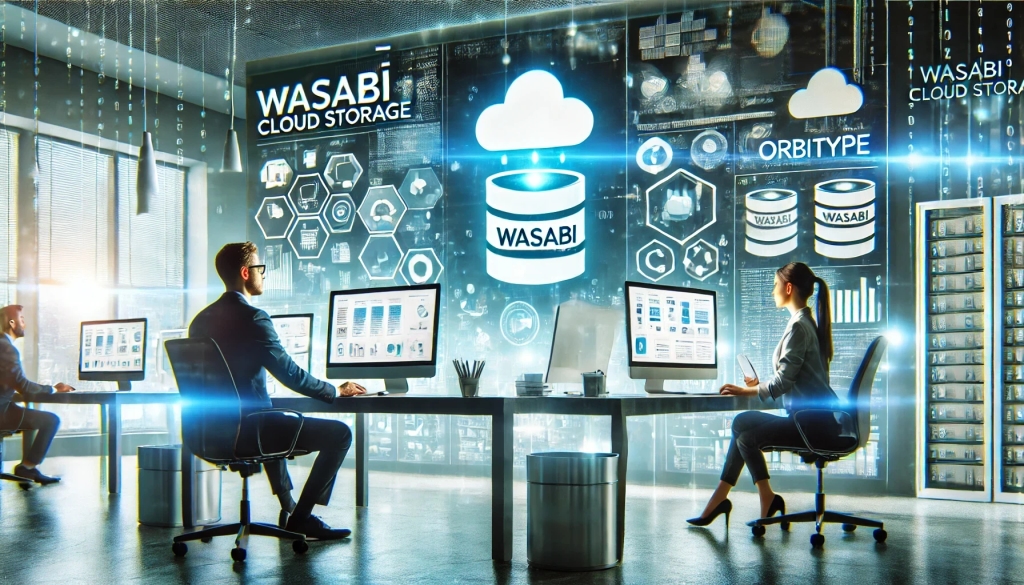
Seamless Data Management: Integrating Wasabi Cloud Storage with Orbitype
Boost your CMS performance with Wasabi Cloud Storage and Orbitype integration. Learn how this cost-effective, scalable solution enhances data management and delivers exceptional results.
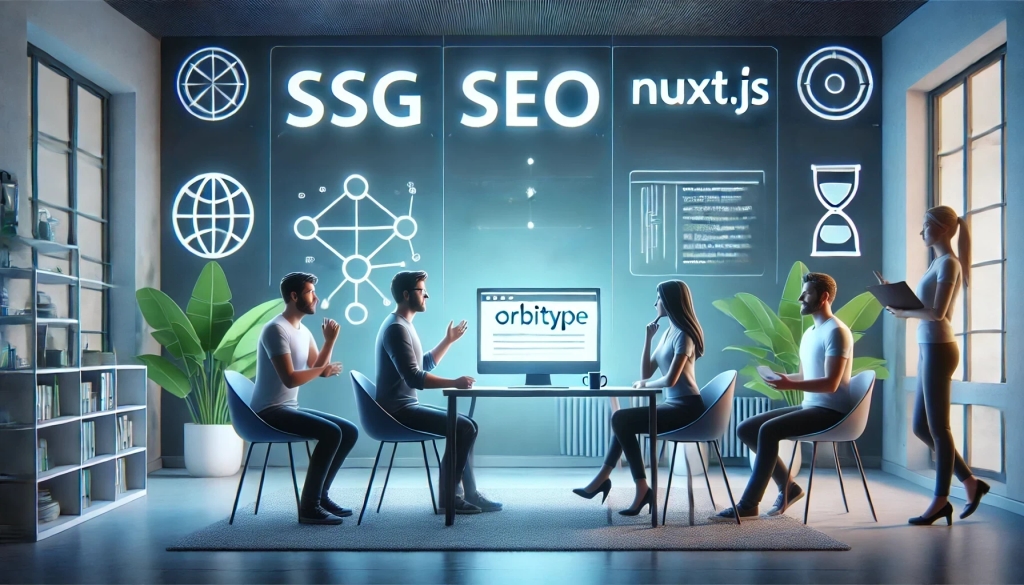
Integrating Orbitype with Nuxt.js for Optimal Performance and SEO
Leveraging Orbitype, a robust headless CMS, with Nuxt.js, a Vue.js framework, provides developers a powerful solution for building fast, SEO-optimized websites. This blog post explores how the integration of Orbitype and Nuxt.js harnesses the benefits of static site generation (SSG) and server-side rendering (SSR), thanks to Orbitype's API-driven content management system.
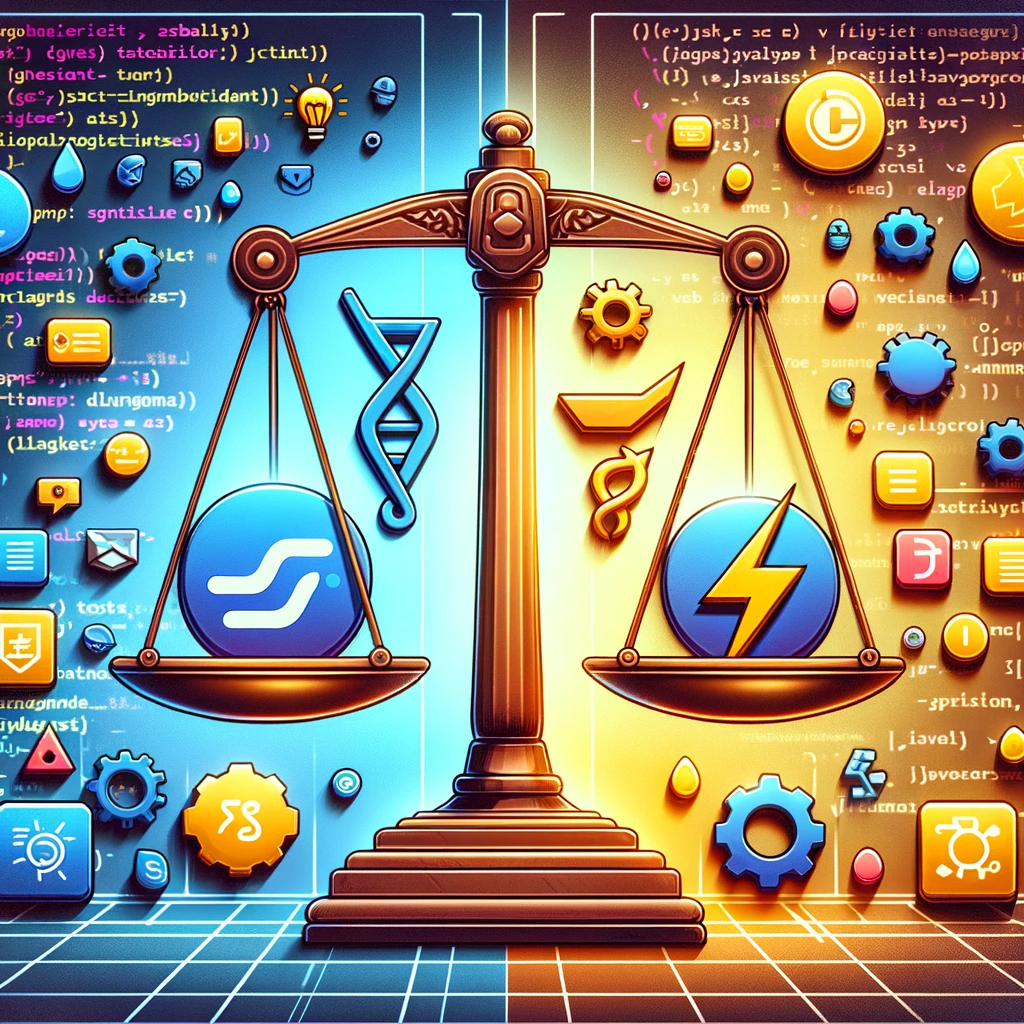
TypeScript vs. JavaScript
Discover the synergy between TypeScript and JavaScript for web development. Learn how Orbitype supports Nuxt CMS, headless CMS for Nuxt, and future-ready digital trends.
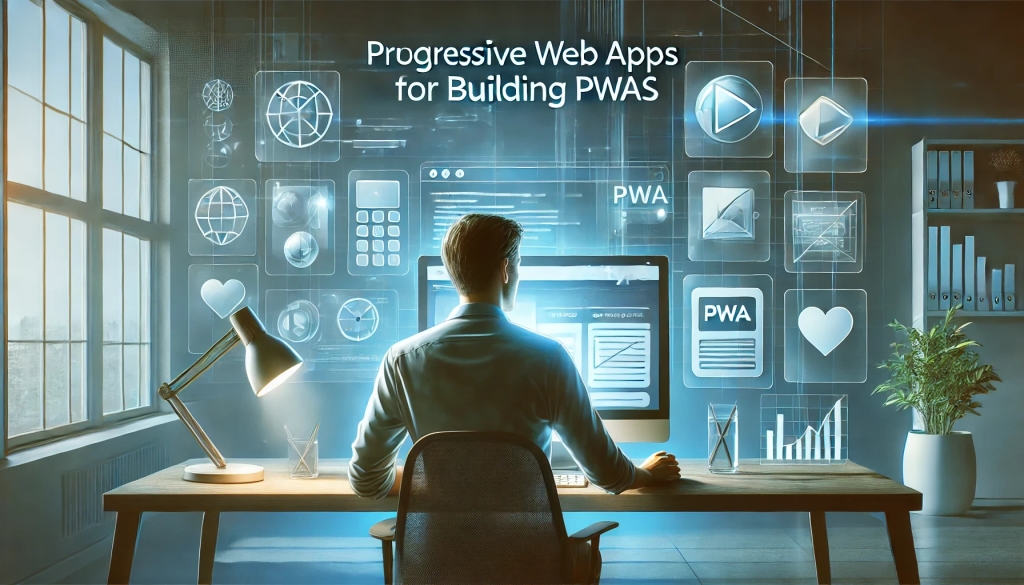
Building Progressive Web Apps (PWAs) with Orbitype
Explore how Orbitype enhances Progressive Web Apps (PWAs) with optimized performance, offline capabilities, and seamless content management for superior user experiences.
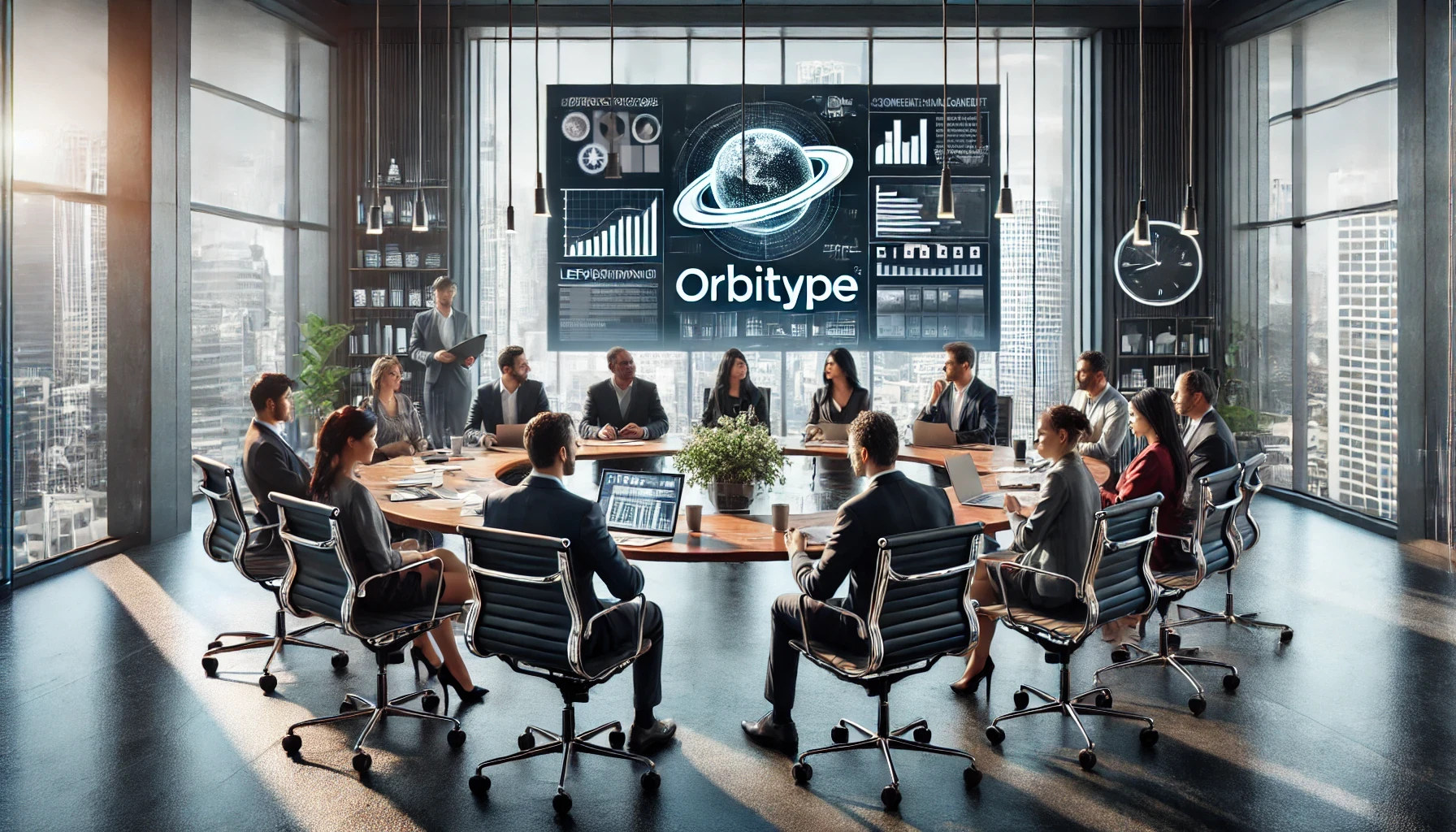
Leveraging Orbitype for Efficient Content Management in E-Commerce
nhance your e-commerce performance with Orbitype CMS. This scalable headless CMS simplifies content management, boosts SEO, and seamlessly integrates with Shopify, WooCommerce, and Magento for dynamic, flexible solutions.

Mastering Third-Party Integrations with a Headless CMS for Efficient Workflows
Streamline workflows and scale your business with seamless third-party integrations using Orbitype's flexible headless CMS—designed for efficiency, automation, and growth.
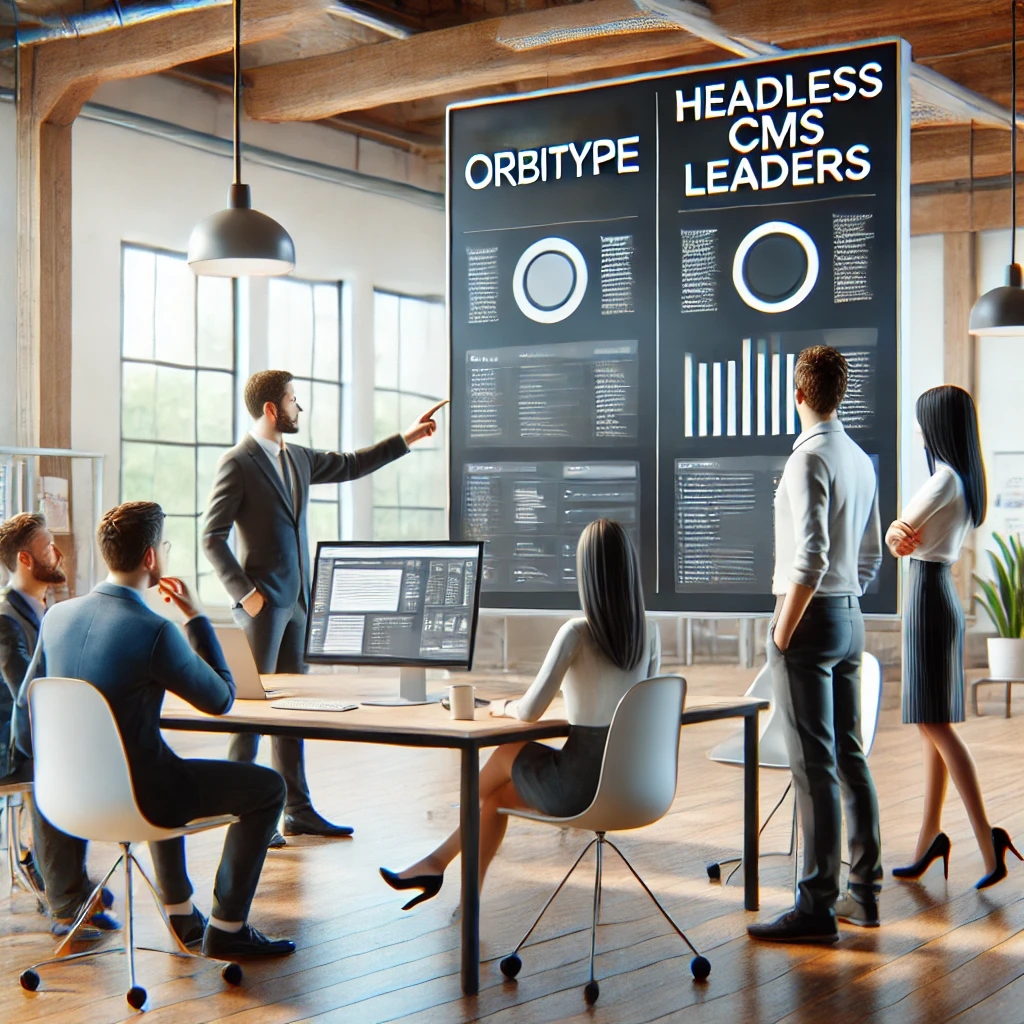
How Orbitype Compares to Headless CMS Leaders in 2025
Struggling to choose the best CMS? Discover how Orbitype compares to headless CMS leaders in 2025, solving complexity and scalability challenges with ease. Try Orbitype!
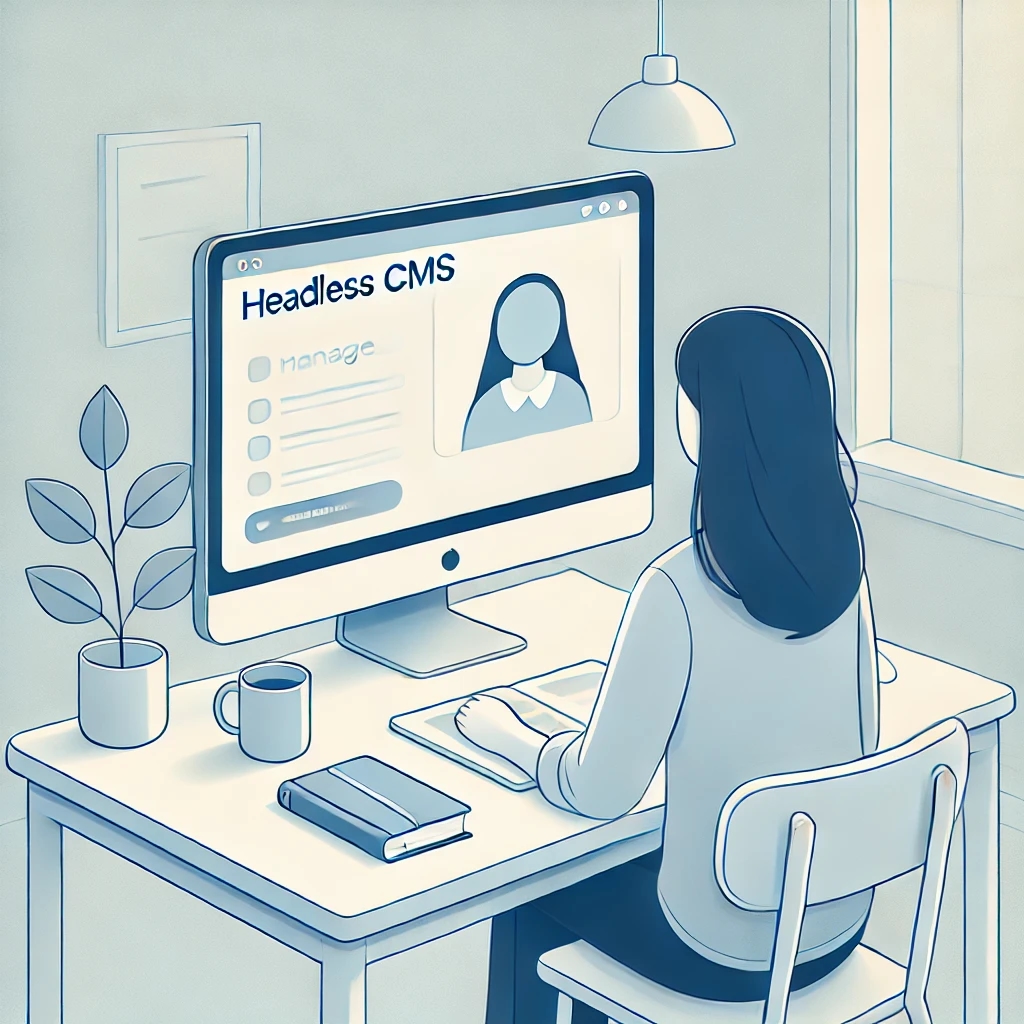
How Educational Institutions Benefit from Headless CMS for Online Learning
Enhance online learning with a Headless CMS. Discover how centralized content management, scalability, and seamless multi-channel access can transform educational platforms.
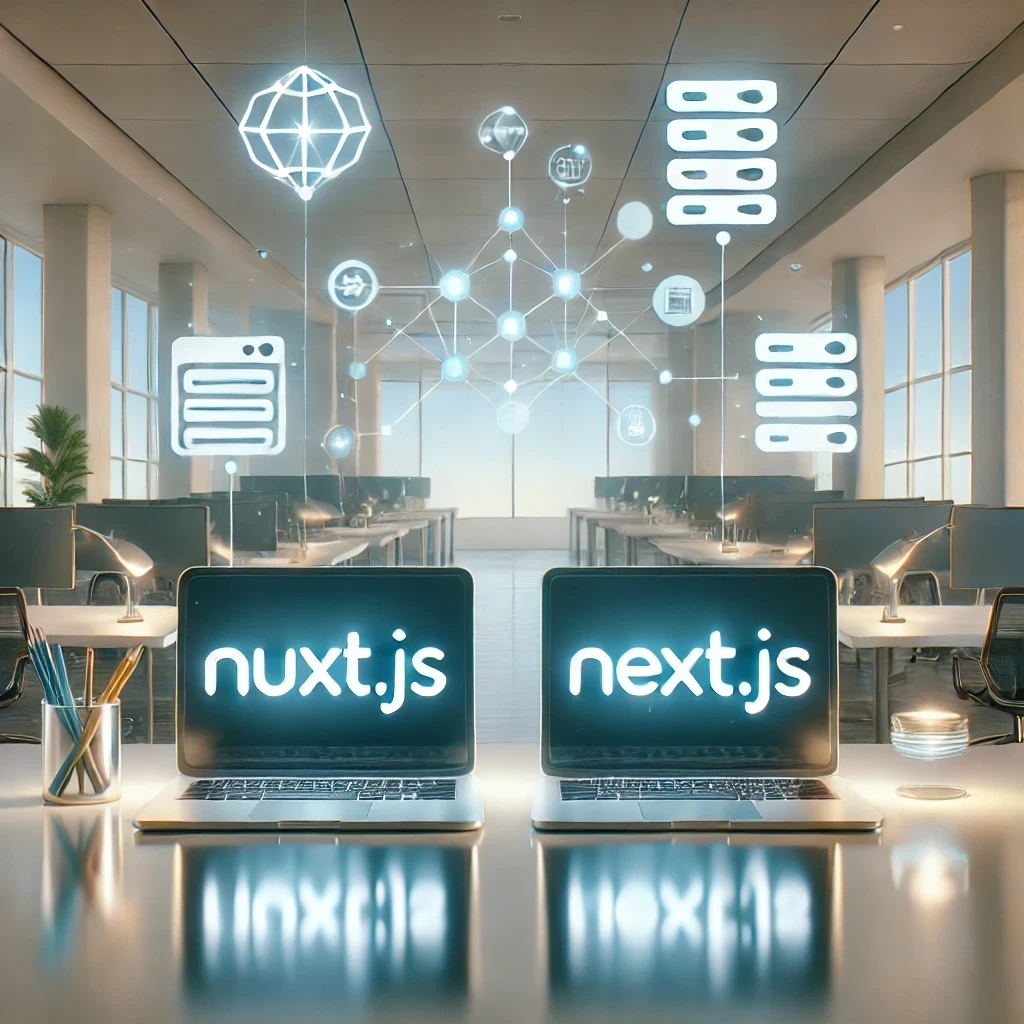
Nuxt vs Next: Which Framework Works Best with Headless CMS?
Compare Nuxt.js and Next.js to find the best frontend framework for your Headless CMS. Discover which offers better performance, scalability, and flexibility for dynamic web projects.
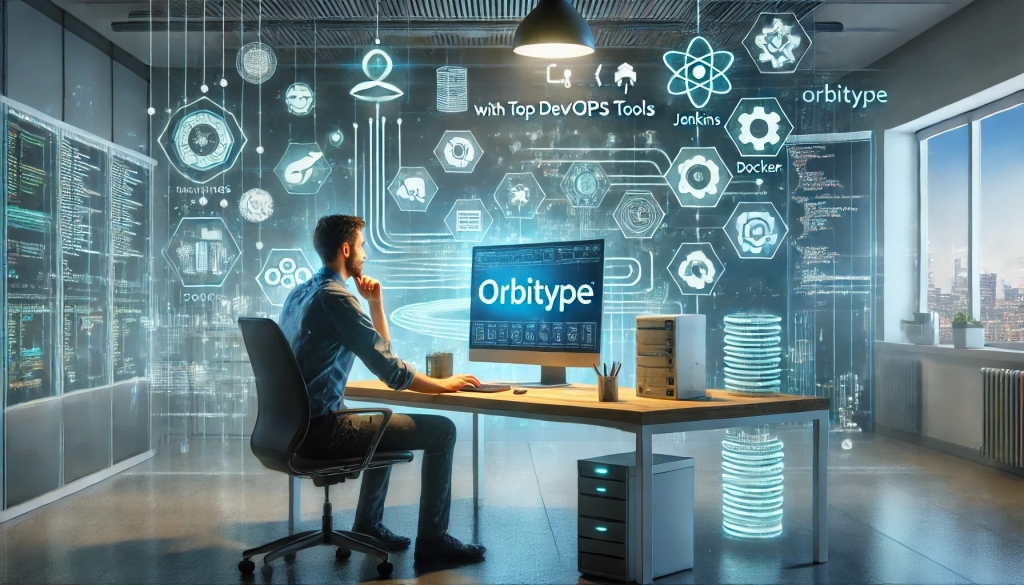
Streamlining Development: Integrating Orbitype with Top DevOps Tools
Discover how to integrate Orbitype with leading DevOps tools like Jenkins, Docker, and Kubernetes. Learn best practices for automating deployments, containerizing Orbitype, and scaling efficiently while streamlining workflows for continuous integration and delivery.
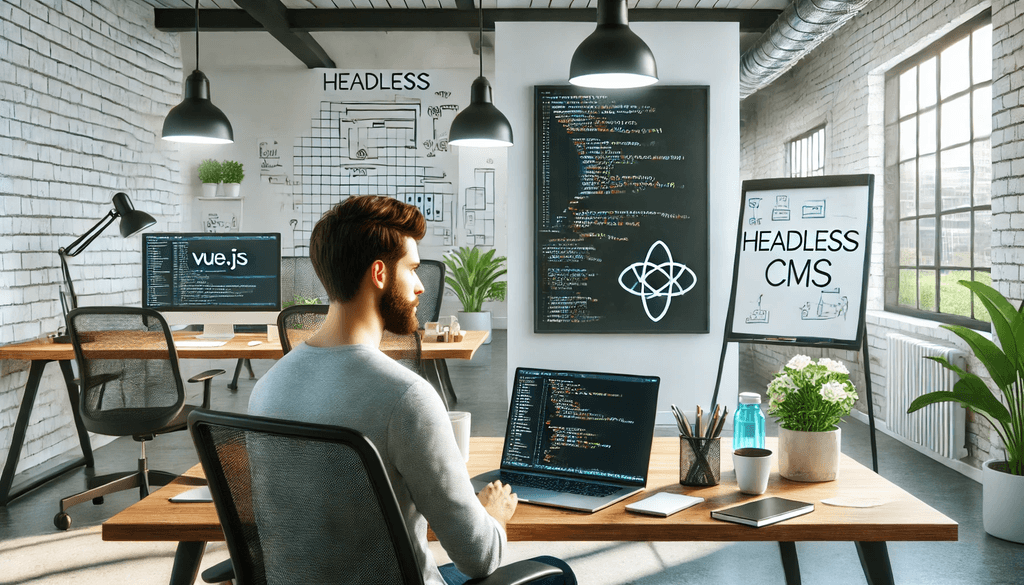
Building High-Performance Vue Apps with a Headless CMS
Discover how to optimize Vue.js apps with a Headless CMS for high performance, scalability, and SEO. Learn best practices and tools for creating dynamic web apps.

SQL or NoSQL: What's Best for Mobile Applications Using Orbitype?
Explore Orbitype, the ultimate headless CMS for React developers, offering seamless content management, enhanced performance, and flexibility to create dynamic web applications with ease. Learn how Orbitype simplifies workflows and boosts productivity.
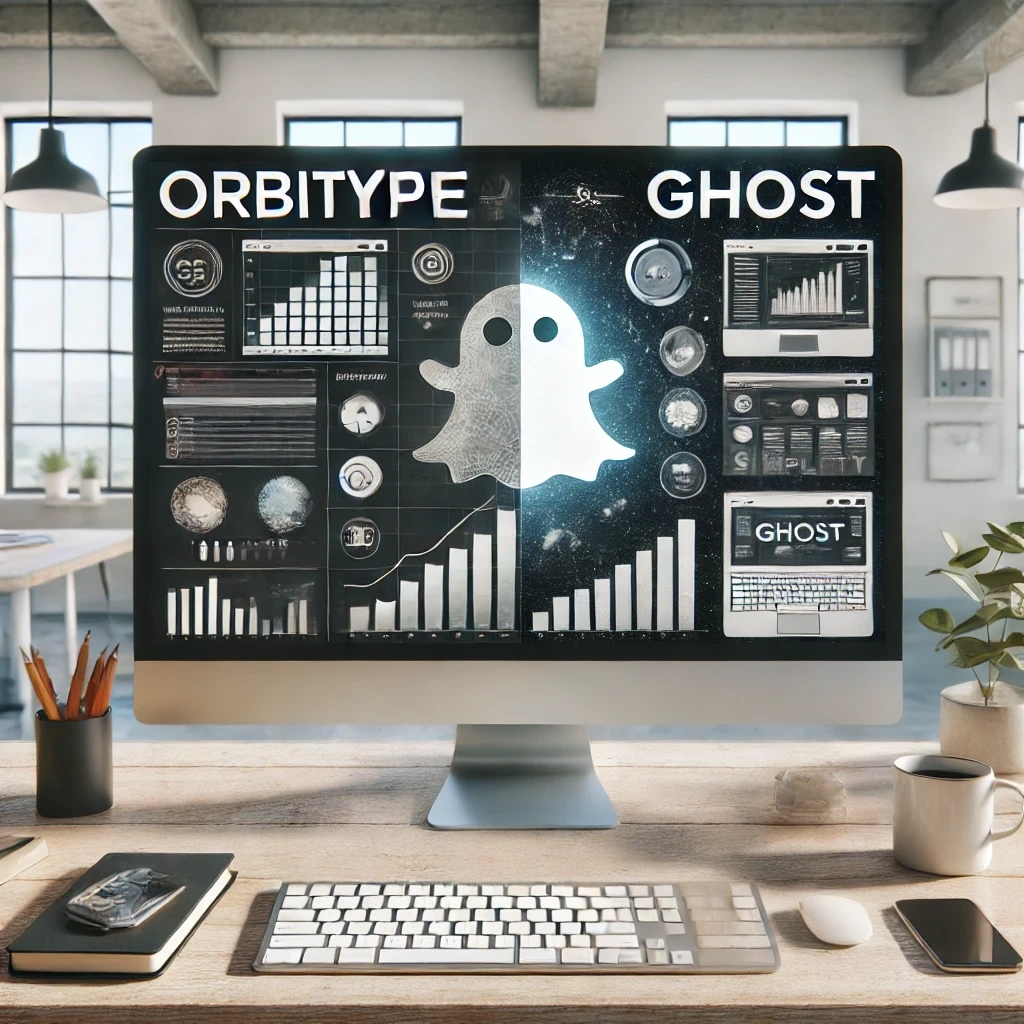
Comparing Orbitype and Ghost: Best CMS for Blogging in 2025
Compare Orbitype and Ghost to find the best CMS for blogging in 2025. Discover which platform suits your goals, from scalability to simplicity and dynamic content
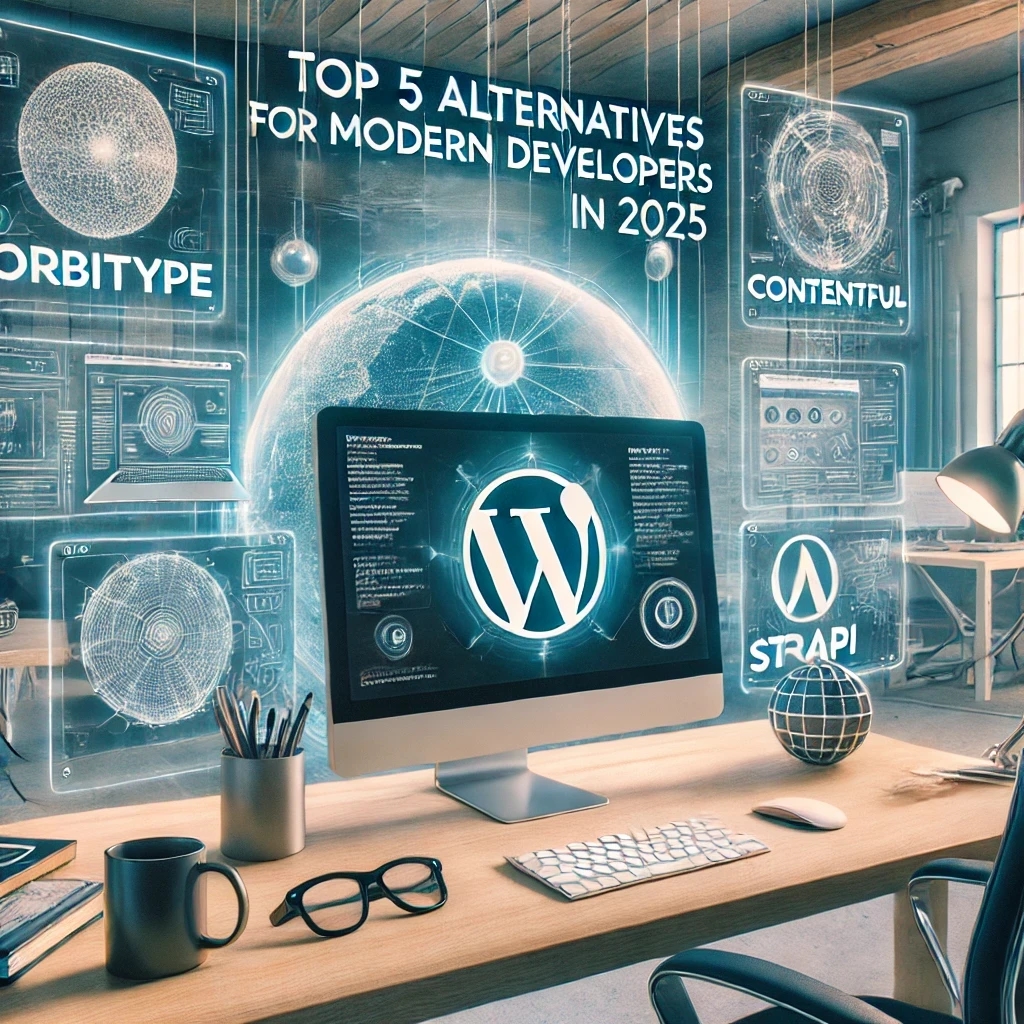
Top 5 Alternatives to WordPress for Modern Developers in 2025
Discover the top WordPress alternatives for 2025, including Orbitype, Contentful, and Strapi. Explore modern CMS platforms offering scalability, flexibility, and cutting-edge tools for developers.

Security and Compliance in Headless CMS: Focus on Orbitype
Explore headless CMS security with Orbitype: advanced authentication, data encryption, and compliance with GDPR & CCPA. Learn best practices for secure CMS operations.

10 Tips for Optimizing Core Web Vitals in Headless CMS Websites
Discover 10 actionable tips to optimize Core Web Vitals for Headless CMS websites. Improve performance, SEO, and user experience with these essential strategies.
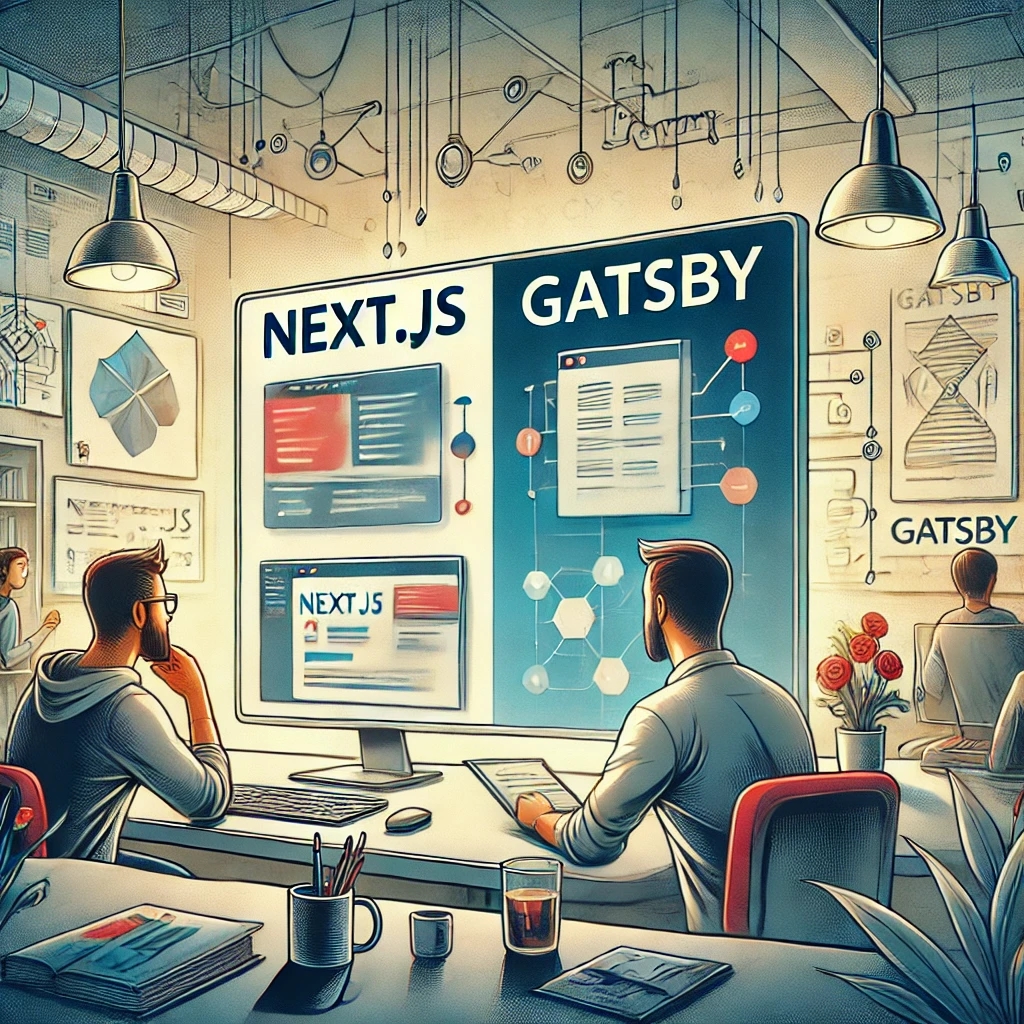
Next.js vs Gatsby: Which Works Best With a Headless CMS?
Choosing between Next.js and Gatsby can be challenging when working with a Headless CMS. This guide breaks down their strengths and helps you decide which framework works best for your dynamic or static content needs.

CMS for Vue.Js - Orbitype Headless CMS
Explore Orbitype, the best Headless CMS for Vue.js, offering seamless API integration, dynamic content management, and unmatched performance for interactive front-end development.
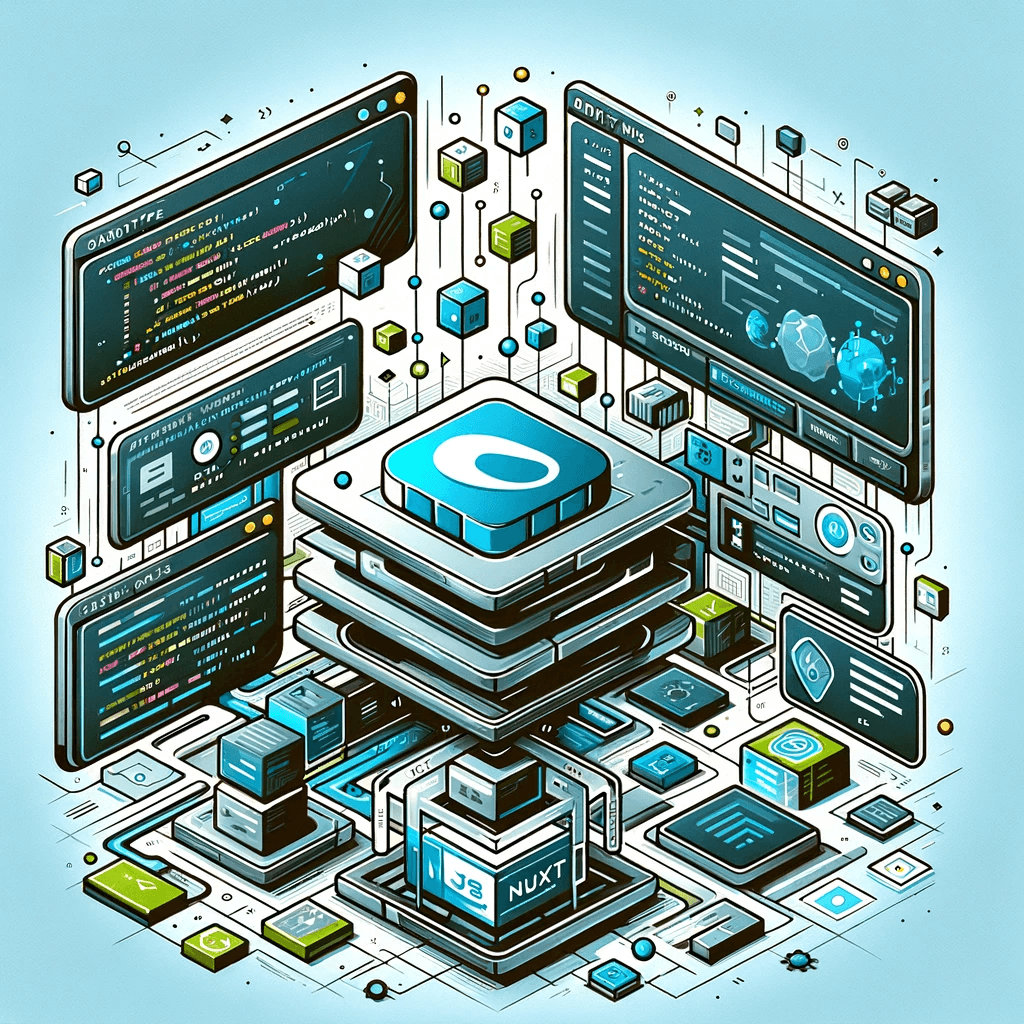
CMS for Nuxt - Orbitype Headless CMS
Optimize your Nuxt.js projects with Orbitype, the API-first Headless CMS offering scalable content management, multimedia repositories, and enhanced SEO for modern web applications.
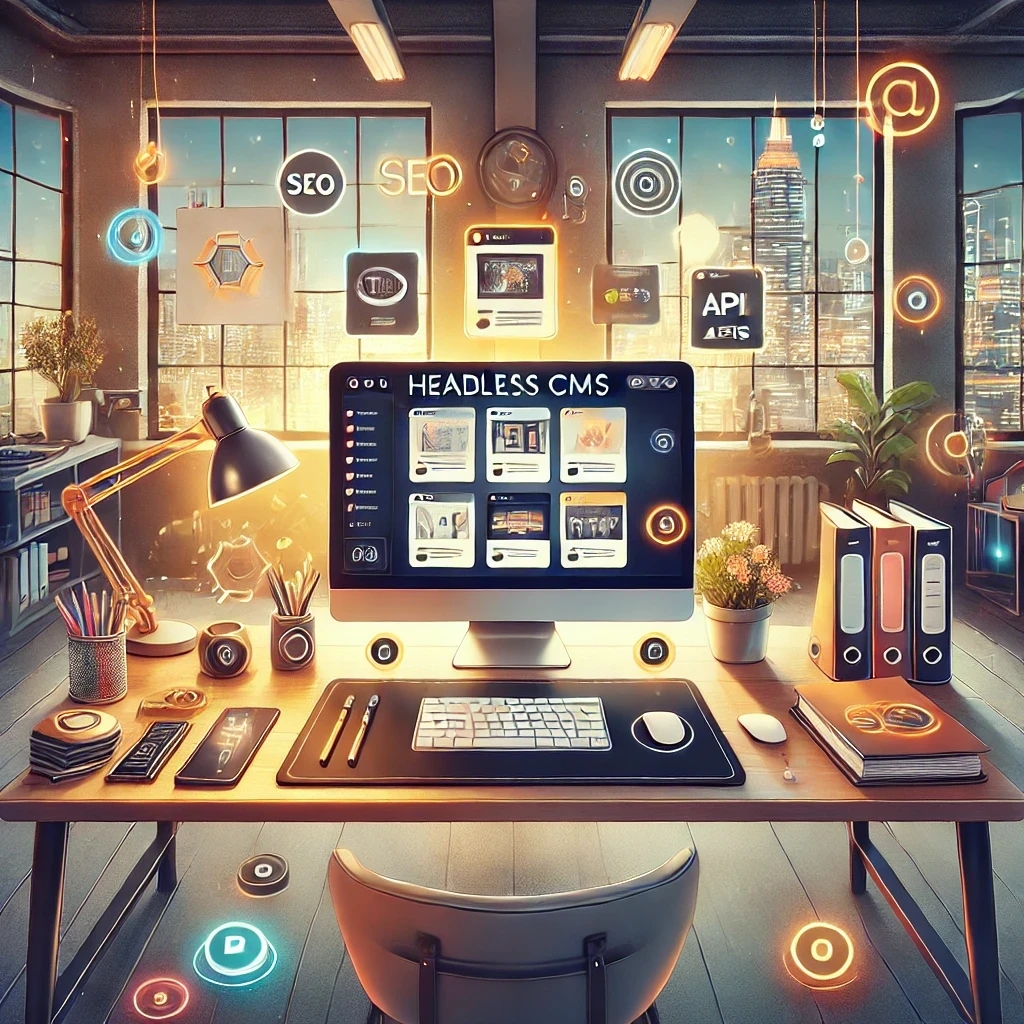
Best Headless CMS Solutions for Portfolio and Personal Websites
Showcase your work with ease using Orbitype—the ultimate Headless CMS for portfolio and personal websites. Enjoy seamless integration, powerful customization, and SEO-friendly features designed for creators and developers.
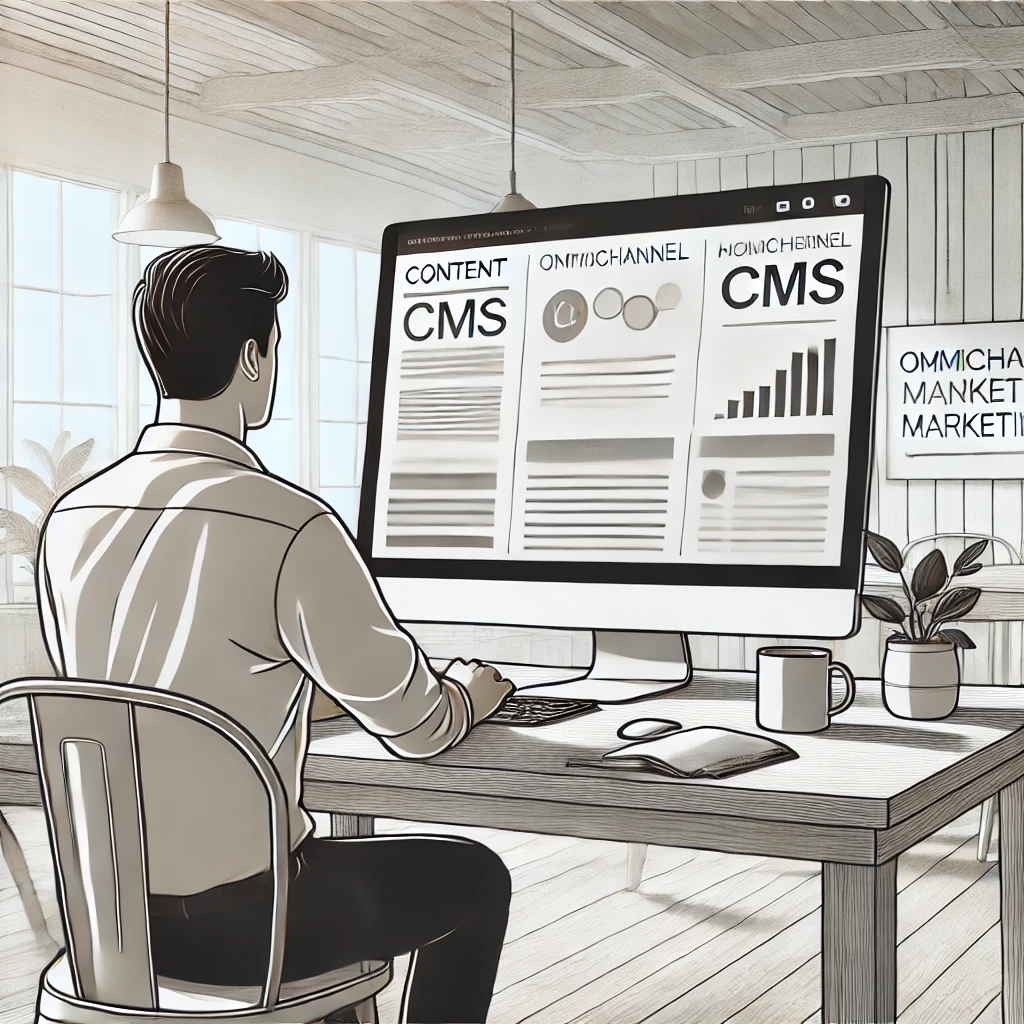
How Headless CMS Empowers Omnichannel Marketing Strategies
Boost your omnichannel marketing strategy with a Headless CMS. Centralize content management, deliver personalized customer experiences, and ensure consistency across platforms.
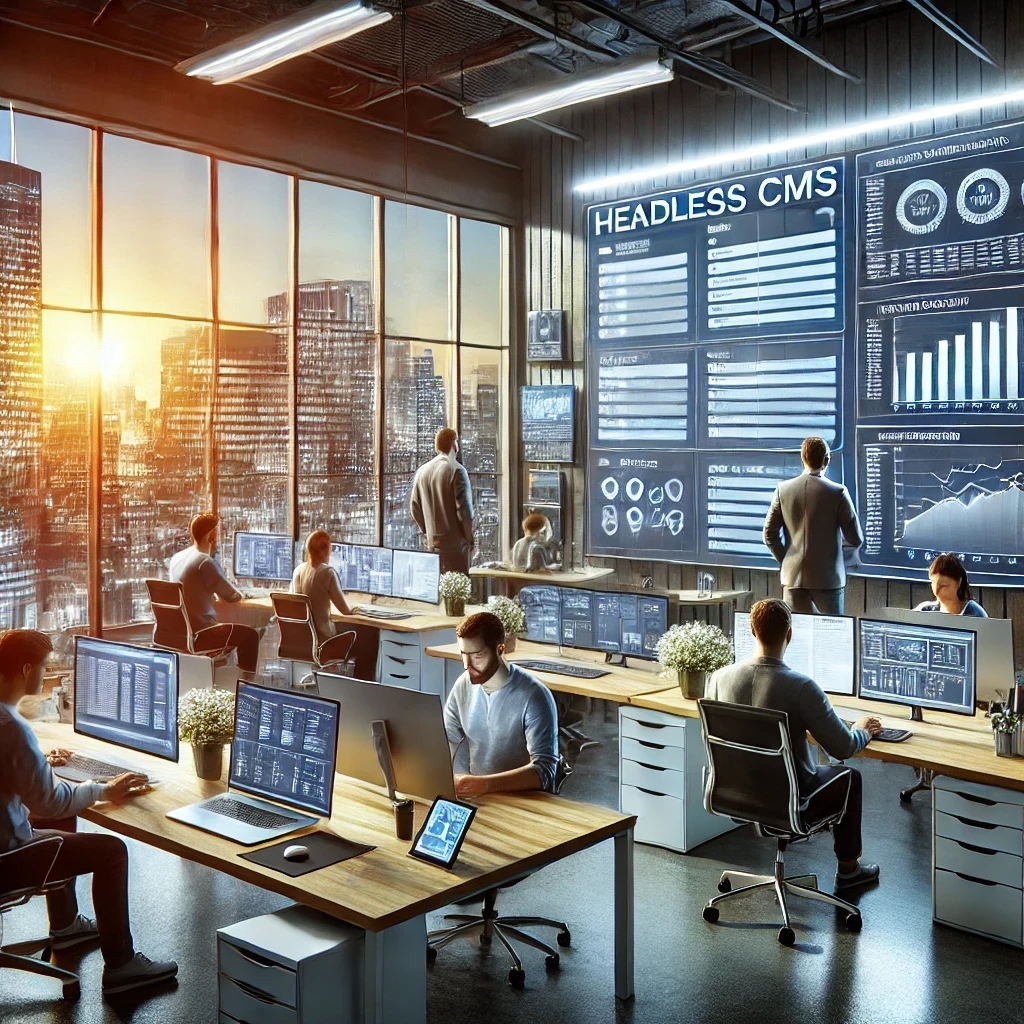
How to Scale Your Website with a Headless CMS for High Traffic
Scale your website effortlessly with a headless CMS like Orbitype—achieve faster load times, seamless scalability, and reliable performance during high-traffic surges
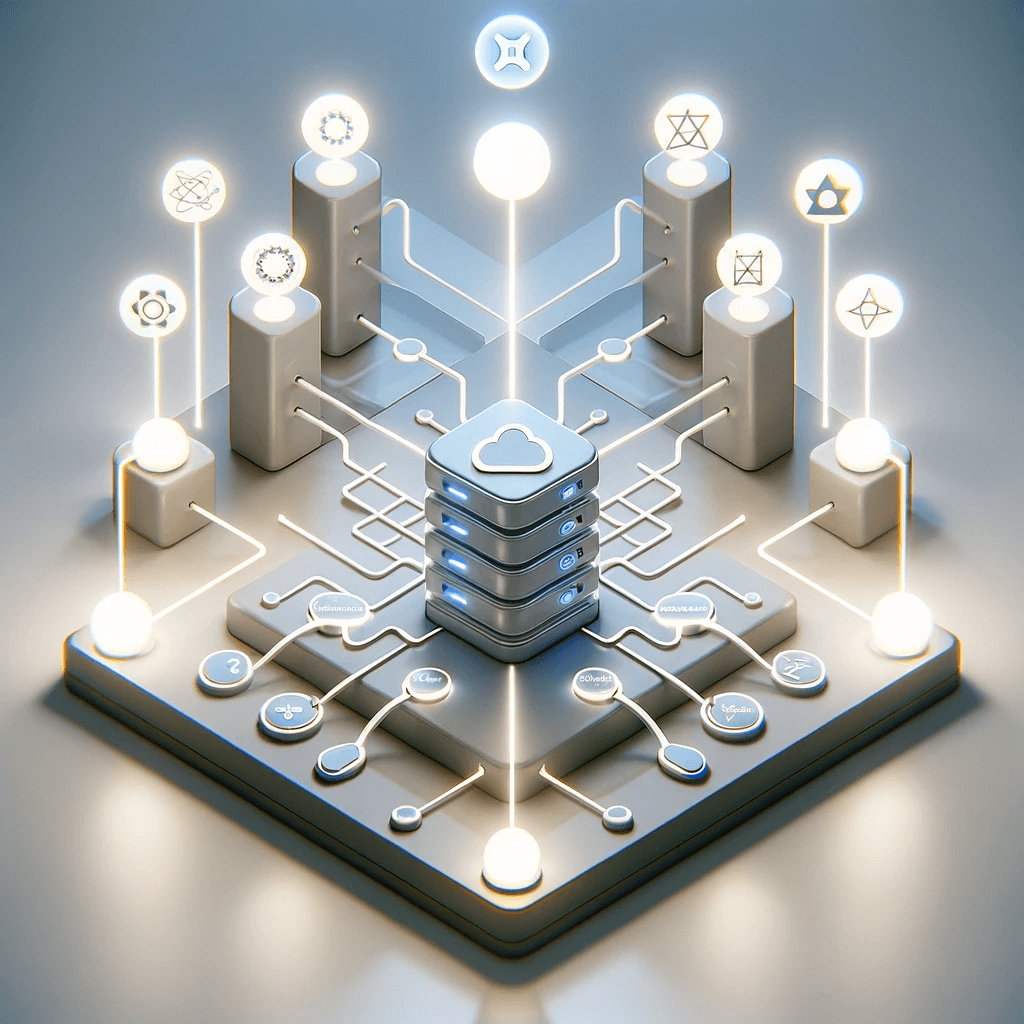
CMS for React - Orbitype Headless CMS
Orbitype is the ideal CMS for React developers, combining seamless API integration, flexible content management, and scalability to create fast, dynamic, and customizable web applications effortlessly.
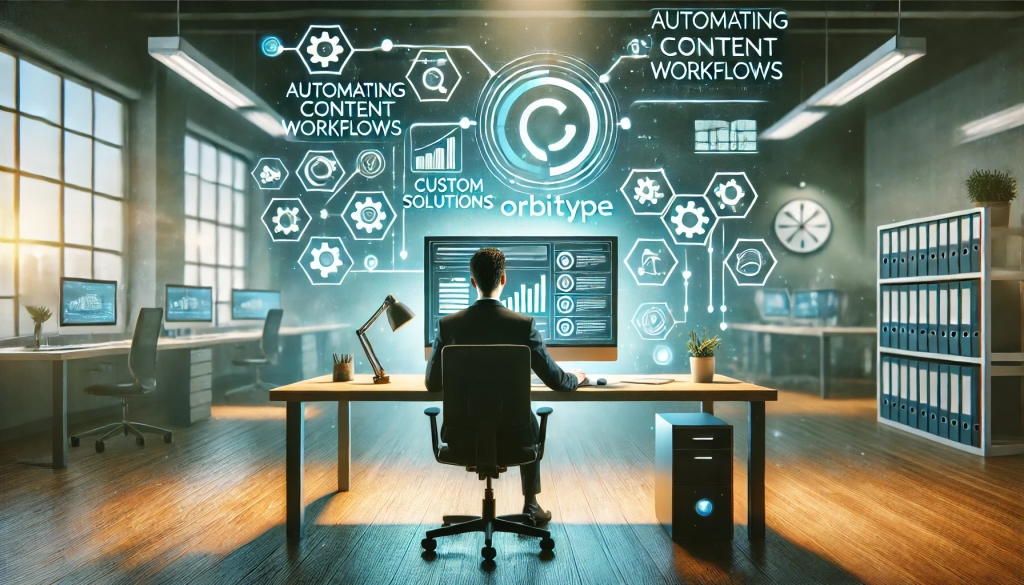
Automating Content Workflows with Orbitype’s Custom Solutions
Discover how Orbitype's custom CRM and ERP solutions revolutionize content workflows. Automate processes, reduce manual tasks, and improve productivity for software development agencies with tailored tools for seamless collaboration and efficiency.